You can trust Cyclingnews
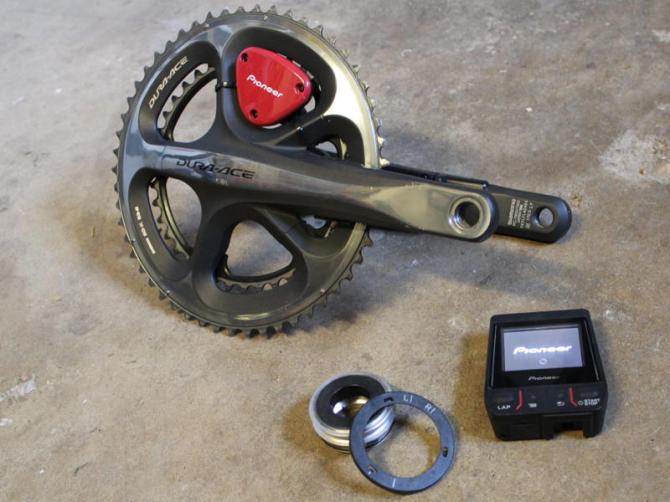
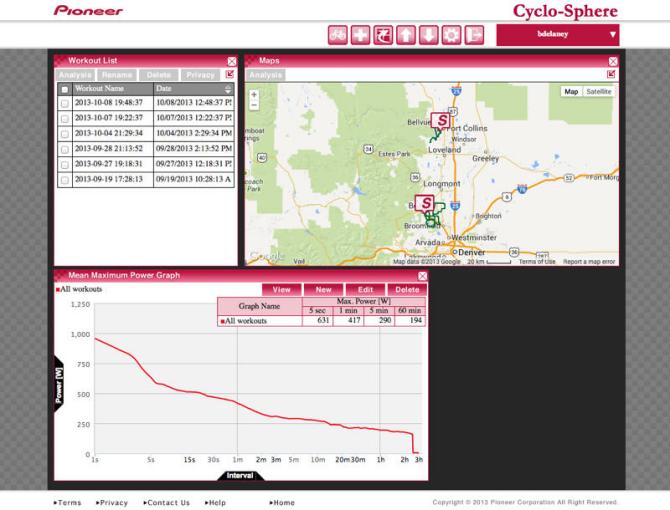
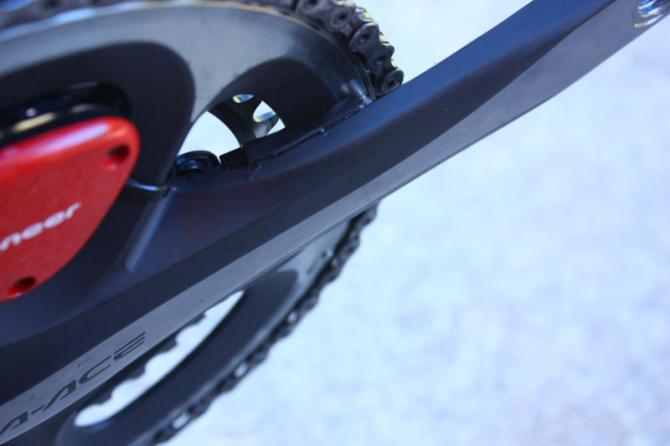
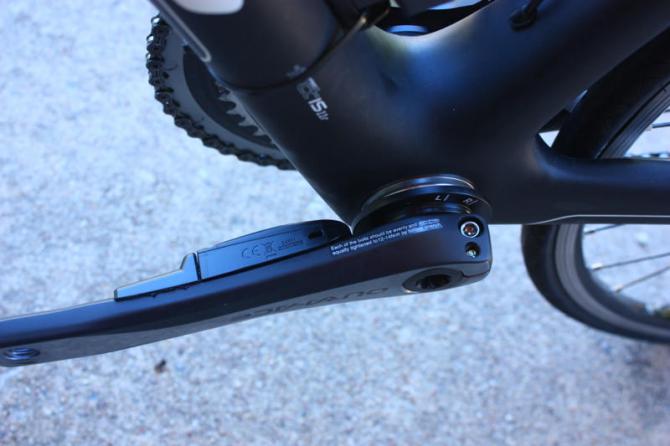
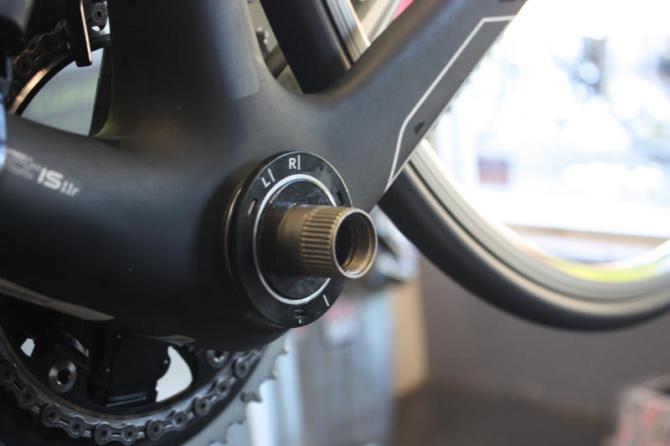
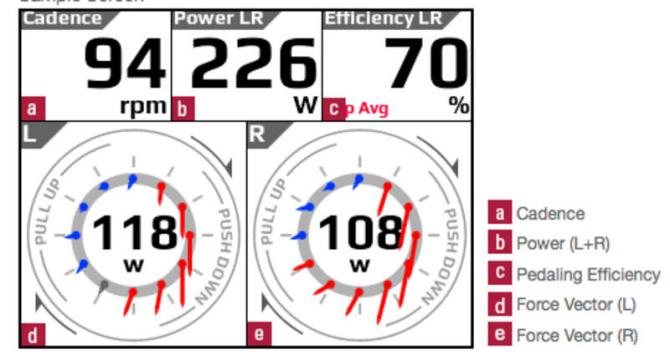
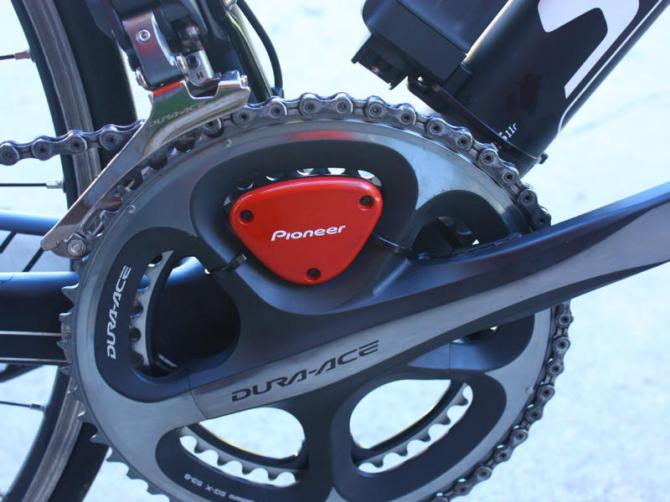
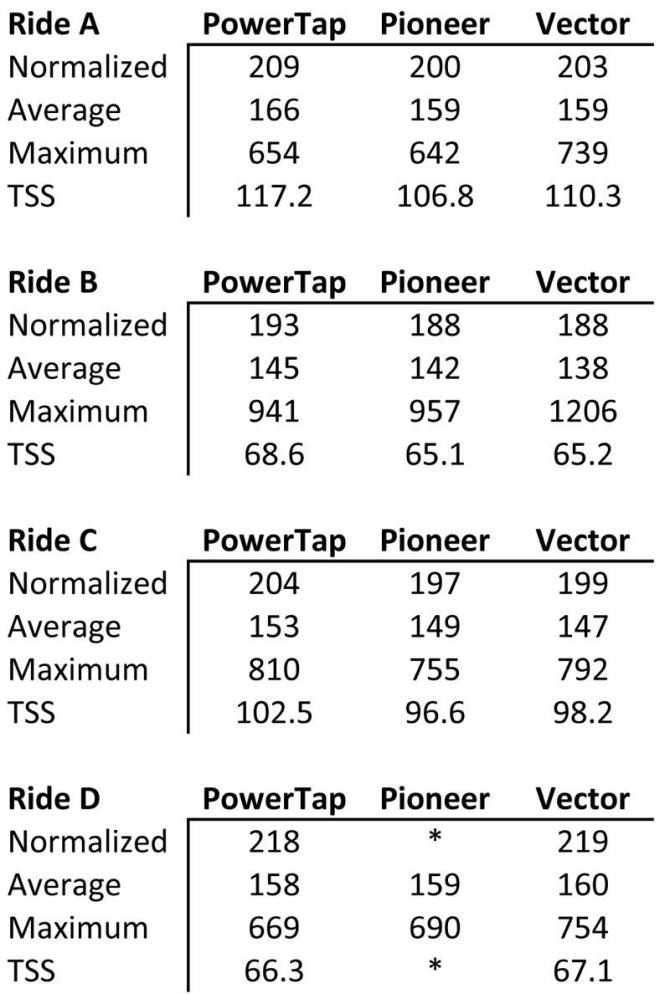
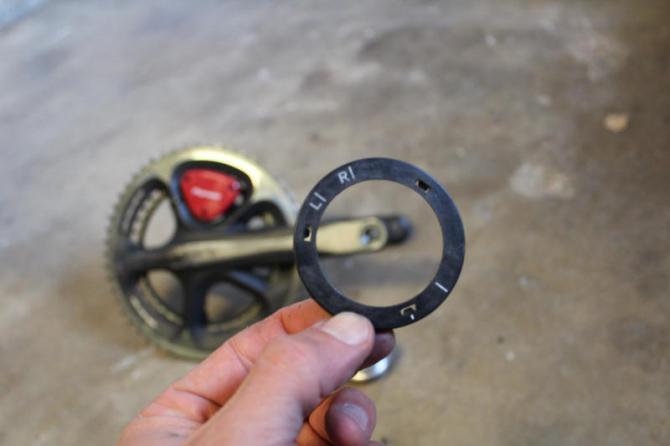
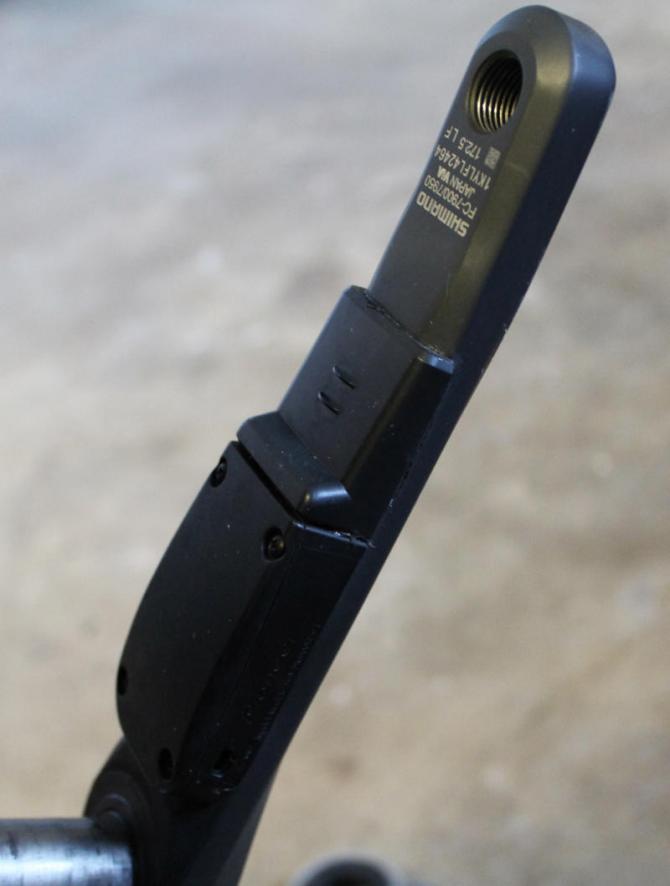
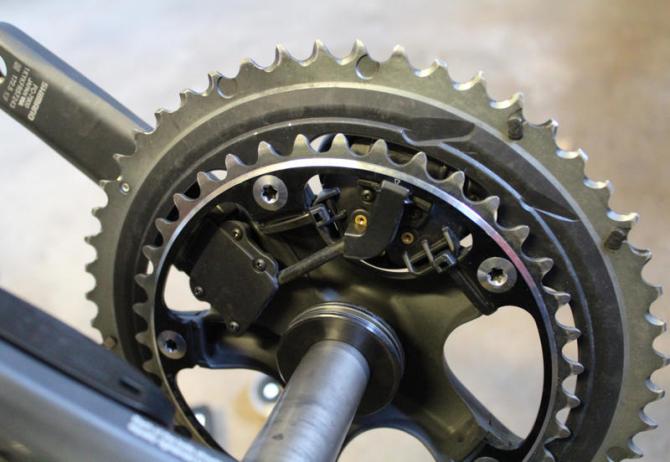
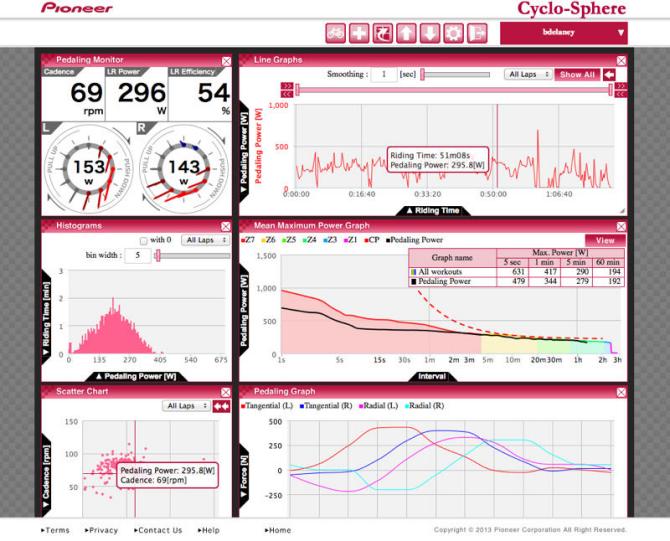
This article originally published on BikeRadar
The audio company Pioneer recently moved into cycling with the Pedaling Monitor System, which consists of a crank-based power meter and a corresponding touchscreen computer. While the power measurement tracks quite well with Garmin Vector power meter pedals (which in turn aligns with the well-regarded SRM), the Pioneer's unique feature of 12-point measurement is not yet rock solid.
The Pioneer Pedaling Monitor System is sold as an add-on to existing Shimano Dura-Ace cranks.
In addition to recording left-leg and right-leg power with strain gauges on both crank arms, the Pioneer Pedaling Monitor System measures output at both cranks at 12 points. The direction and relative force is neatly displayed in real time on the color touch screen. Using Pioneer's Cyclo-Sphere online software, users can study where in their pedal stroke power is applied (or drag is added) at any point throughout their ride. Pioneer's head unit also offers a score of pedaling efficiency: pulling up and around with exactly the same force as you push down results in a perfect 100 score.
There are a couple of problems with the system, however. For starters, a 'perfect' pedal stroke isn't the most efficient way to ride a bike. Pioneer acknowledges this, and offer that is meant to be a helpful tool, not a goal. But more importantly, the 12-point measurement drifted considerably in our testing.
After installation and calibration by two Pioneer staffers, the directional measurement worked well for a few rides, but soon began to rotate. The BB-mounted magnetic rings, which trigger the power measurements every 30 degrees, had not rotated. We forcefully moved one by hand, and the data was again were we expected it to be — power kicking in around 1 o'clock, then tapering off around 7 o'clock. A few rides later, directional measurement on the other began to drift — again without the magnetic ring moving.
We found total power measurement to be quite believable, compared to synchronized data from other power meters used concurrently. We had to tinker with the set-up to get the left/right adjustment within range. Initially, the system showed a 17-watt bias; when pedaling with the left leg only, the right leg showed a power output of 15-20w. After removing both pedals and calibrating each arm, we were able to reduce this number to 3-4 watts.

The Pioneer head unit, which sells alone for $900, is easy to navigate with its touchscreen. Once the desired configuration is set, users can toggle through alternate screens while out riding. Some of the graphics, however, such as a miniscule graph, don't make any sense for on-bike display. The directional arrows are a neat feature, but they seem to be more useful as a tool for bike fitters or coaches, who could use the data to dial in bike fit. Out on the road, we weren't sure exactly what to do with the information. Sure, you could work on your upstroke - like a digital version of PowerCranks - but again, simply striving for a more efficient stroke as defined by the 100-point score isn't in fact the most efficient way to pedal.
Finally, while the power measurement appears to be quite accurate, the presentation isn't yet up to snuff for a $2,500 product. The right hardware is zip-tied onto a Dura-Ace crank, and the bulky left-arm hardware is epoxied onto the crank.
At the product launch, Pioneer was planning on retailers installing all this onto a customer's existing crankset with a kit of clamps, epoxy and other tools. Now Pioneer has some stock product options through a few US distributors. Still, compared to the similarly priced SRM, the Pioneer system lags well behind as a finished consumer product.
Bottom Line
Power measurement on the Pioneer Pedaling Monitor System tracks well, and the directional force capture and visual representation is neat. But the system needs improvement in reliability and aesthetics before it can become a serious competitor in the power meter game.
We recorded each of the below on computers with normalized recording settings. For reference, we have found Garmin Vector to track very closely with the well-regarded SRM.

Price: $2,500
BikeRadar verdict: 2 stars
More information: www.pioneerelectronics.com